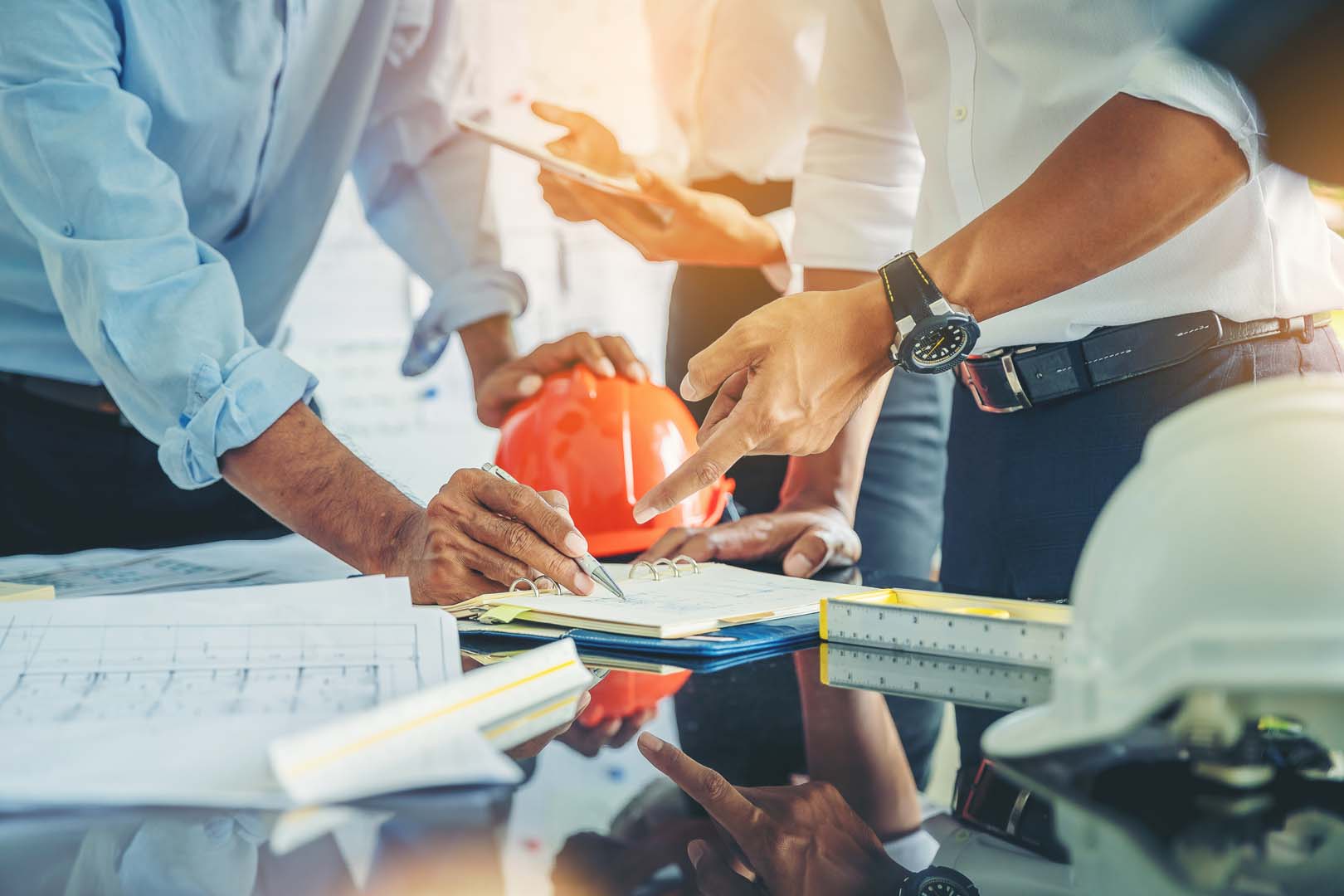Last Updated on 11/03/2023
On Thursday, November 24th, people in Istanbul woke up to a 5.9 magnitude earthquake. This incident reminded the risk of earthquake in Turkey and made people wonder again whether buildings in Turkey and mainly in Istanbul are safe enough. In this article, we will try to evaluate the situation and give our readers a complete forecast about the eventual risk of seism in Turkey.
The history of the earthquake in Turkey
seismic-active geology

Photo from www.jmo.org.tr
Northwestern Turkey experienced the 1999 Marmara earthquake on August 17 at 03:01 local time. The 7.6 earthquake caused significant damage. According reports, the Marmara earthquake in September 1999, irreparably ruined 120,000 poorly structured homes, severely damaged 30,000 homes. Moreover, 2,000 additional buildings collapsed, and 300.000 people became homeless.
It was one of the largest earthquakes to hit Turkey. Despite the center of the earthquake being in Duzce, a few km from Istanbul, Avcilar district in Istanbul suffered the most damage where nearly 300 individuals died and hundreds of buildings collapsed. It is one of the most earthquake-prone neighborhoods in Istanbul, according to seismic maps.
Marmara earthquake was the most spoken of in Turkey. Yet, the country’s geology features seismic-active lands which means eventual earthquakes. The country has witnessed two strong seisms since 2020. Consequently, the government built strong management to fight against the risk of earthquakes in Turkey and to reduce its damage as much as possible.
Huge Transformation in construction requirements to prevent earthquake in Turkey

The damage caused by the Marmara earthquake in 1990 was the transformation point that brought a fundamental change in construction regulations.
At that time, an estimated 350,000 structures in Istanbul are substandard and most of these subpar buildings rose between the middle of the 1980s and the year 2000 during increased building activity. The Istanbul neighborhoods of Esenyurt, Beylikduzu, and Kucukcekmece grew fast and affordably during this time. Consequently, when a massive 7.6 magnitude earthquake rocked northern Turkey in 1999, it decimated hundreds of buildings in Istanbul.
Therefore, the 1999 earthquake in Turkey, was a huge eye-opener for Turkey. and the lesson was learned that the majority of the fatalities were caused by highly inadequate building conditions.
As a consequence, the Turkish government tightened regulations, and construction firms started going abroad for guidance, consulting with nations where seismic risk drove construction and design, such as Japan, which was a pioneer in earthquake construction.
As a result, contemporary structures are better prepared to withstand earthquakes. Building codes have significantly improved and laws implementation is being checked.
Strong management to prevent earthquakes damages in Turkey

Turkey has experienced significant growth during the past 20 years, which has affected all spheres of society. The government’s top priority was protecting the safety of its citizens, which necessitated the adoption of laws and regulations that specify the requirement to equip and support buildings in a way that resists earthquakes and other natural calamities.
Disaster management center to reduce the risk of earthquake in Turkey
On January 1st, 2000, Istanbul Governorship established a new building for disaster preparedness called the “Disaster Management Center“ to address the construction deficit. Assuring work sharing, cooperation, and coordination across institutions is the goal of this center to recover from disasters with the least amount of damage possible within the time frame from the pre-disaster period, the time of the incident until the end of its consequences. The Disaster Management Center’s mission is to oversee the coordination of emergency plans while ensuring the implementation of protective and preventative actions to reduce the risk of disaster.
Earthquake-resistant buildings
Building of earthquake-resistant buildings in Turkey require a variety of studies and research before beginning the construction works. These studies involve foundation’s soil and construction materials and how well they work with the type of land being used for the buildings. After that, experts examine the building’s structural components, and chose the best materials to guarantee that buildings won’t crumble in the case of natural disasters like earthquakes and other dangers.
After the 1999 Marmara earthquake in Turkey, which claimed the lives of several individuals, the government imposed tight regulations on the construction of earthquake-resistant buildings in Turkey. It was the initial shock that resulted in an improvement in the state of structures throughout Turkey, especially in Istanbul and Izmir. All structures located in earthquake-prone zones must adhere to a set of guidelines.
Responsible authorities carried out a thorough assessment in 2007 to classify the three types of structures that exist in Turkey as:
- Low-risk structures.
- Medium-risk structures
- dangerous structures
The risky structures were then all evacuated, destroyed, and then replaced with earthquake-resistant structures. For the low- and medium-risk areas, authorities set well-thought-out programs and strict control to arm and support them in a way that would increase their earthquake resistance. This also extended to all cities in earthquake-prone regions, including Izmir. In addition, every structure that was erected following this choice was built with the best possible seismic resistance. The issue extended beyond houses and covered large projects like bridges and dams.
Urban-regeneration projects

In Turkey, there are over 18 million structures, and at least 6.5 million of them were either not earthquake-resistant, weren’t built lawfully, or don’t have solid foundations. The Urban Planning and Environment Ministry has announced a new action plan to transform 300,000 buildings annually. This puts them in the spotlight for urban renewal or gentrification. Therefore, many districts in Istanbul underwent a huge urban transformation that transformed them into modern centers of life and entertainment while other are still under transformation. As an example, we can mention some districts such as Sisli, Bomonti, Kagithane, and Fikirtepe.
DASK Insurance obligation
Buildings insurance was among the preventive measures that the Turkish government set to reduce the damage of an eventual earthquake in Turkey. We are talking about DASK insurance, which stands for “Natural Disasters Insurance Institution” in Turkish. Accordingly, this sort of insurance covers any damage that results from natural disasters like fires, earthquakes, or water floods that harm the property and its contents.
The requirement for DASK home insurance in Turkey came into effect as part of preventative measures against earthquake disasters, particularly in the wake of the earthquake of 1990 that significantly damaged Kocaeli and Istanbul cities. This prompted the government to create new construction laws to safeguard against any harm.
How safe is Turkey from earthquakes
 Turkey has evolved into an earthquake-resistant city since the government implemented preventive measures in 2007 and continue to this day. If an earthquake strikes Istanbul, analysts predict that real estate rents will increase, which will lead to an increase in the cost of contemporary earthquake-resistant homes. Due to the facilities offered by the Turkish government to foreign investors and the high caliber of earthquake-resistant buildings that have become the defining characteristic of Turkish cities, the real estate investment market in Turkey has experienced a great renaissance and a great turnout from investors.
Turkey has evolved into an earthquake-resistant city since the government implemented preventive measures in 2007 and continue to this day. If an earthquake strikes Istanbul, analysts predict that real estate rents will increase, which will lead to an increase in the cost of contemporary earthquake-resistant homes. Due to the facilities offered by the Turkish government to foreign investors and the high caliber of earthquake-resistant buildings that have become the defining characteristic of Turkish cities, the real estate investment market in Turkey has experienced a great renaissance and a great turnout from investors.
Earthquake in Turkey is an important challenge especially for those who consider investing in real estate sector. MEO Consultants team carry out the necessary studies to advise their customers the most adequate and the safest properties.
For further details you can request a risk-free consultation. You can also take a look at our services.



